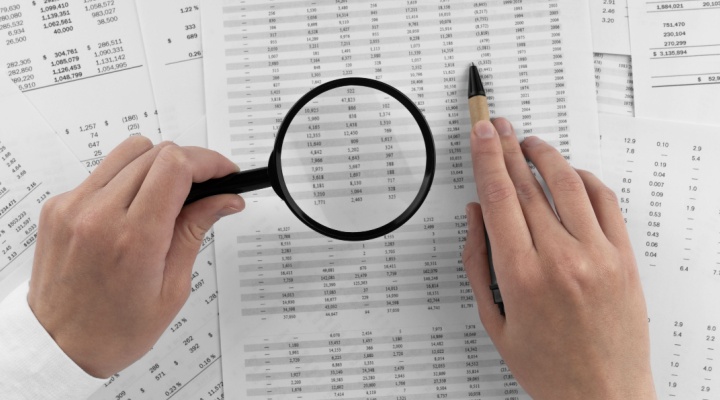A cashflow model is a valuable tool that lets you understand how the value of your estate and individual assets might change in the future. But, to get the most out of it, you need to look beyond the numbers.
A cashflow model provides a graphical representation of all your assets, such as investments, property and pension, as well as income, expenditures and debt. It forecasts how each of these will change over time.
To start, you’ll need to input information into a cashflow model, such as the value of your assets now, your household spending, or how much you’re contributing to your pension.
To calculate long-term changes, you may need to make certain assumptions too. You might factor in regular wage increases or the projected returns of your pension.
While the outcomes of a cashflow model cannot be guaranteed, it could provide you with a useful overview of your finances and how they might change throughout your lifetime.
With so much data, it’s easy to get bogged down in the numbers. Yet, moving past the figures could help you turn goals into reality and prepare for the unexpected.
Combining a cashflow model with your goals could help form an effective financial plan
A cashflow model provides a snapshot of your finances, and financial planning can help tie this to your goals.
When you think about why you’re saving through a pension, it’s probably the lifestyle that you want to enjoy that comes to mind, rather than the figure you need to save.
So, you might think “I want to retire at 60 and maintain my current lifestyle” rather than “I want to save £500,000 in my pension”.
As a result, it’s important to think about what your lifestyle goals are when using a cashflow model if you want to get the most out of it. When you stop working, your outgoings often change, so in this scenario, you might calculate how much you’d need to maintain your current lifestyle.
You can then add this information to the cashflow model and see what would happen if you withdrew this income from your pension from the age of 60 – is there a chance your pension could fall short? Could you retire sooner and still be financially secure?
By combining your goals with a long-term view of your finances, you can work with your financial planner to create an effective financial plan that’s tailored to you.
A cashflow model could identify potential weaknesses in your current financial plan
As well as goals, your cashflow model can be used to help you address concerns you might have about your financial security and events outside of your control.
For example, if your family rely on your income, you might worry about how you’d cope financially if you were unable to work. Updating the information used to create the cashflow model could help you understand the short- and long-term impact.
You might find you have enough saved in an emergency fund to cover six months of expenses before you’d have to use other assets. So, to create an additional safety net, you may take out appropriate financial protection that would begin to pay a regular income after six months.
Taking an extended break from work may affect long-term goals as well. You might halt pension contributions, which could affect your income when you reach retirement, or use savings that had been earmarked for another use.
Much like how a cashflow model could help you understand your goals, it can also be useful when you want to identify risks or weaknesses in your current financial plan.
A cashflow model could help you make informed financial decisions now
One of the benefits of cashflow modelling is that it may identify potential financial gaps that could affect your future. Being aware of these sooner often means you’re in a better position to take steps to bridge the gaps or adjust your plan.
Let’s say you discover there could be a potential shortfall in retirement because you aren’t contributing enough to your pension. If you identify this 20 years before you plan to retire, a small, regular increase to your contributions could be enough to keep you on track without making changes to your retirement plans. However, if you don’t realise until you reach the milestone, you may have fewer options.
Alternatively, if you find you’re in a better financial position than you expected, you might want to adjust your lifestyle now or update long-term plans.
After finding out you’re comfortably on track to have “enough” saved for retirement, you might decide to start building a nest egg for your child to provide a helping hand when they reach adulthood. If you’re confident in your financial future, you might also feel secure enough to increase your disposable income now and start doing more of the things you enjoy.
Contact us to talk about your long-term finances
Please get in touch if you’d like to talk about creating a long-term financial plan that focuses on your aspirations and addresses concerns you might have about the future.
Please note: This blog is for general information only and does not constitute financial advice, which should be based on your individual circumstances. The information is aimed at retail clients only.
A pension is a long-term investment not normally accessible until 55 (57 from April 2028). The fund value may fluctuate and can go down, which would have an impact on the level of pension benefits available. Past performance is not a reliable indicator of future performance.
The Financial Conduct Authority does not regulate cashflow planning.





